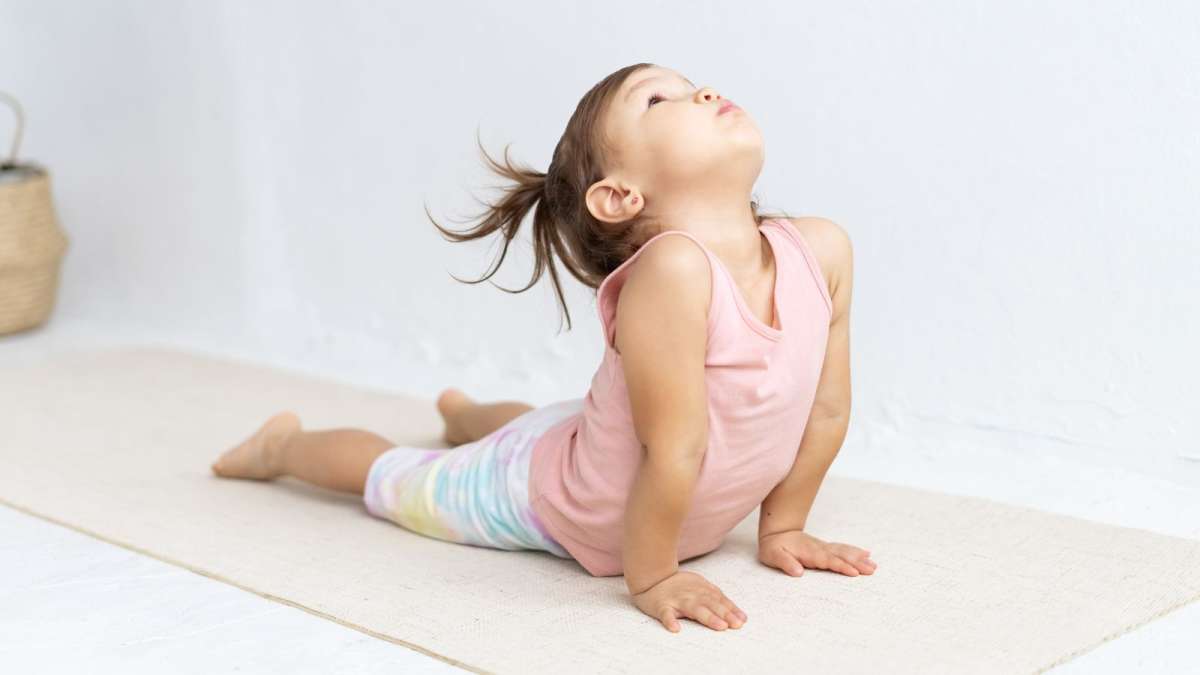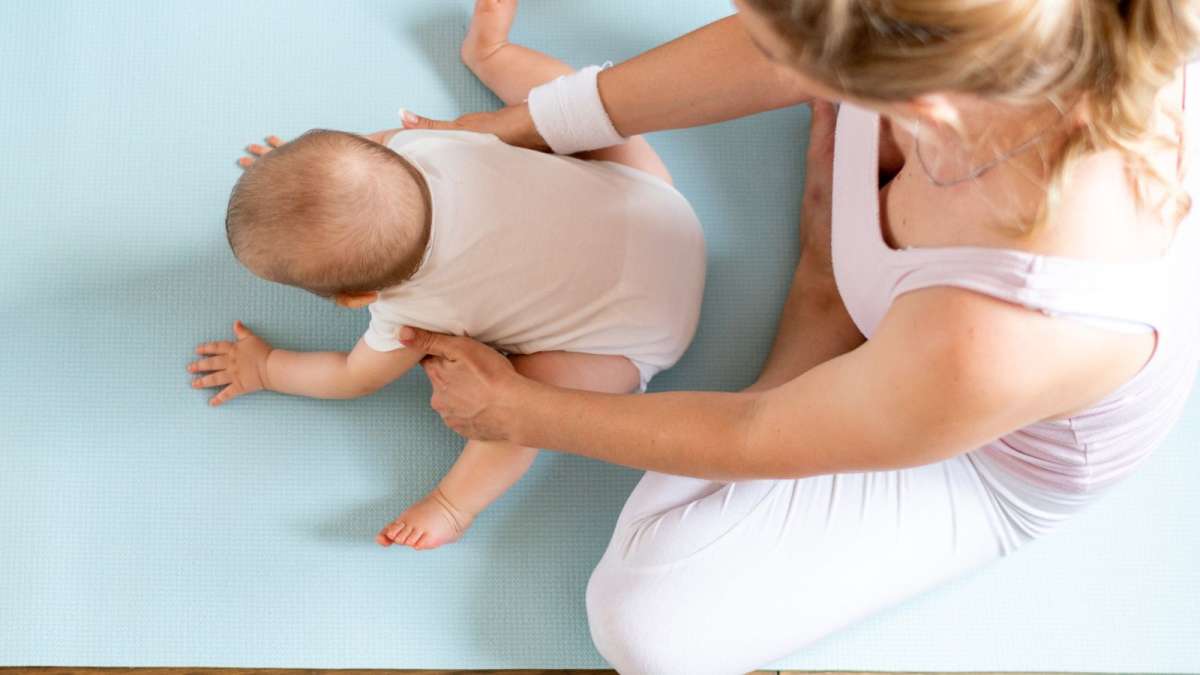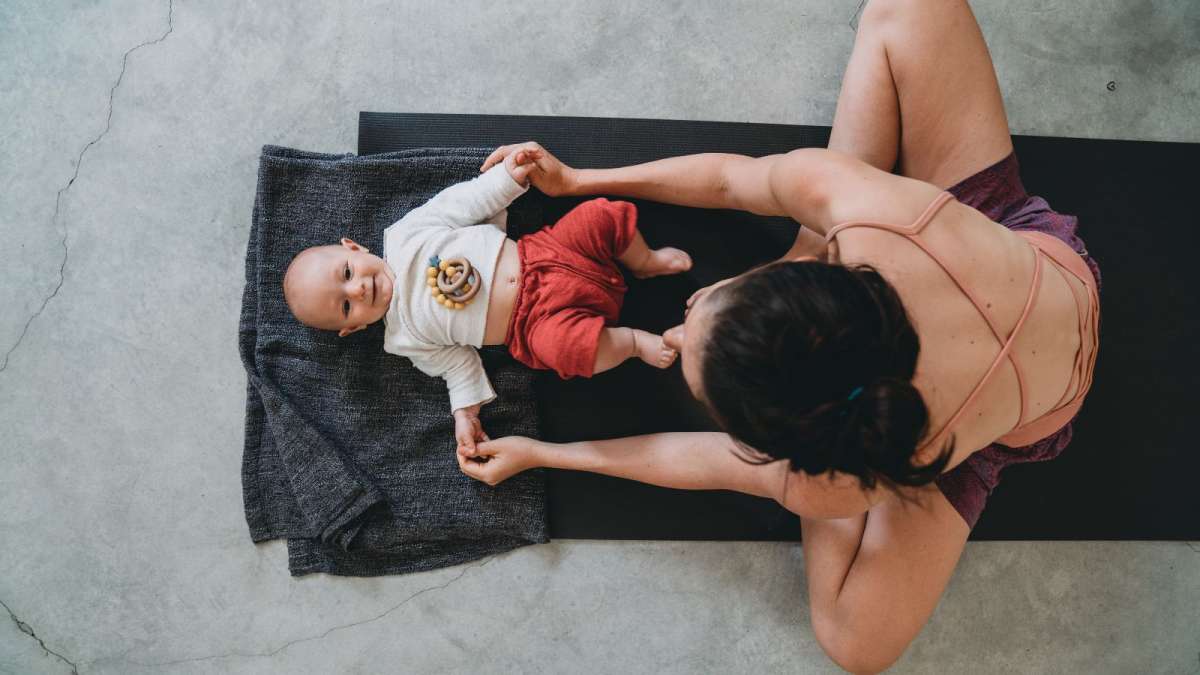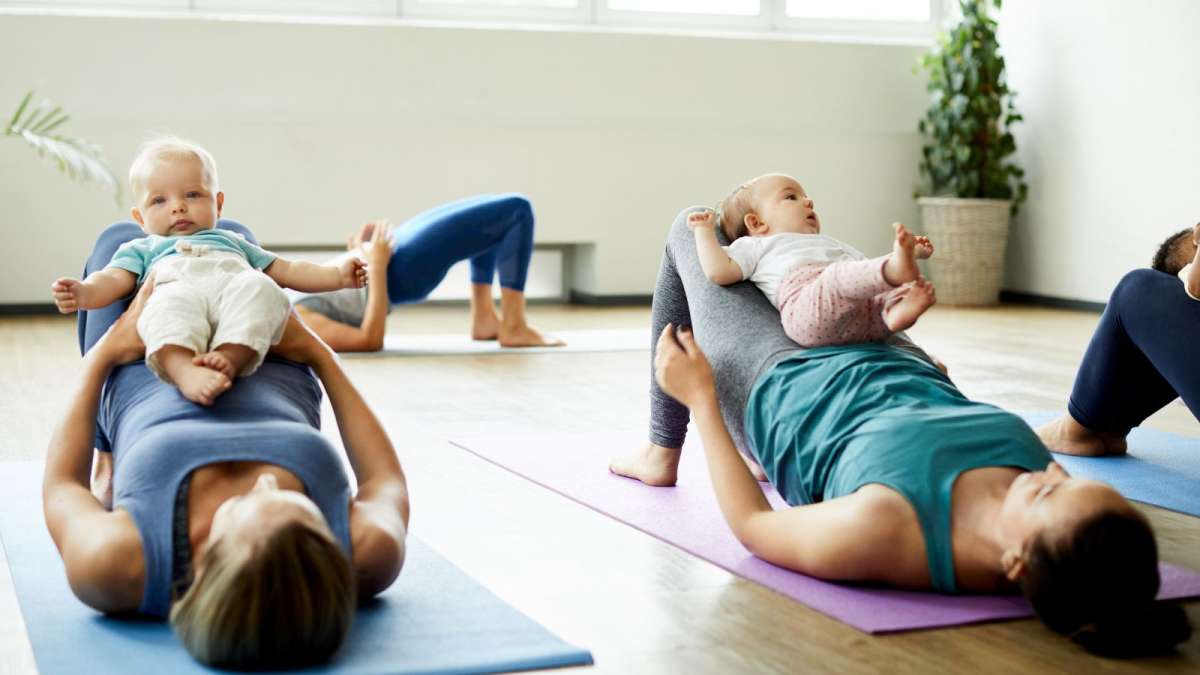Baby yoga, also known as infant yoga, is a gentle practice including yoga poses, movements, and techniques in a baby’s routine. This holistic approach to wellness offers numerous benefits for infants, promoting physical development, bonding with caregivers, and overall well-being. In this article, we’ll explore baby yoga’s many benefits for infants and their caregivers.
Exploring baby yoga and its benefits for infants looks into the practice of gentle yoga movements and stretches specifically tailored for babies. This resource highlights the numerous benefits of baby yoga. It includes promoting healthy physical development, improving sleep patterns, and building bonding between caregivers and infants. Babies can enhance their motor skills, coordination, and flexibility by engaging in simple yoga poses and movements while experiencing relaxation and calmness. Additionally, baby yoga allows caregivers to connect with their infants through nurturing touch and mindful interaction, strengthening the parent-child relationship. Including baby yoga into a routine can contribute to the holistic well-being of both infants and caregivers. It promotes a nurturing environment for early development and growth.
1. Understanding Baby Yoga
a. Introduction to Baby Yoga:
Baby yoga involves gentle stretching, massage, and interactive movements tailored to the developmental needs of infants. These sessions are typically led by trained instructors who guide parents and caregivers in engaging their babies in various yoga-inspired activities. The focus is on nurturing the bond between caregiver and baby while promoting relaxation and sensory stimulation.
b. Key Principles of Baby Yoga:

The practice of baby yoga is founded on principles of mindfulness, gentle touch, and responsive interaction. Caregivers are encouraged to approach baby yoga with a sense of presence and attunement to their baby’s cues and needs. The focus is on making a caring and supportive environment where babies can safely explore movement and sensations.
2. Physical Benefits of Baby Yoga
a. Enhanced Motor Development:
Baby yoga helps infants develop strength, coordination, and body awareness through gentle movements and stretches. Activities such as tummy time, leg lifts, and reaching exercises promote muscle tone and control, laying the foundation for gross motor skills like crawling and walking. Regular baby yoga practice can contribute to overall physical development and milestone achievement.
b. Improved Digestion and Circulation:

Certain yoga poses and movements, such as gentle twists and abdominal massages, can help digestion and stimulate infant circulation. These techniques help reduce common discomforts such as gas and constipation. They promote digestive health and overall comfort for babies. Improved circulation can also support immune function and contribute to overall well-being.
3. Emotional and Cognitive Benefits of Baby Yoga
a. Bonding and Attachment:
Baby yoga provides valuable opportunities for bonding and attachment between caregivers and infants through physical touch, eye contact, and shared experiences. The nurturing environment of baby yoga classes builds a sense of security and trust, strengthening the caregiver-infant bond. Regular baby yoga practice can deepen the emotional connection between caregivers and babies, enhancing overall attachment.
b. Sensory Stimulation and Awareness:

The sensory-rich environment of baby yoga classes engages infants’ senses and promotes sensory awareness and integration. Activities such as gentle massage, music, and movement stimulate various sensory pathways, supporting cognitive development and learning. During baby yoga, sensory exploration encourages babies to explore their environment and respond to different stimuli. This fosters curiosity and mental growth.
4. Practical Tips for Incorporating Baby Yoga
a. Creating a Safe Space:
When practising baby yoga at home, designate a quiet, clutter-free area where you and your baby can move freely and comfortably. Use a soft blanket or yoga mat for added cushioning and support. Ensure the room is at a comfortable temperature and free from hazards or distractions.
b. Following Your Baby’s Lead:

Pay attention to your baby’s cues and preferences during baby yoga sessions, adapting the practice to suit their needs and comfort level. Follow their lead when it comes to pacing and intensity, allowing them to dictate the flow of the session. Be responsive to their signals and cues for when they need a break or a change of position.
Exploring baby yoga and its benefits for infants offers a holistic approach to promoting physical, emotional, and cognitive development in the early stages of life. Caregivers can support their baby’s growth and well-being by engaging in gentle movements, sensory stimulation, and nurturing touch. This helps deepen their bond. Whether attending classes led by trained instructors or practising at home, baby yoga provides valuable opportunities for connection, exploration, and relaxation for infants and their caregivers.
